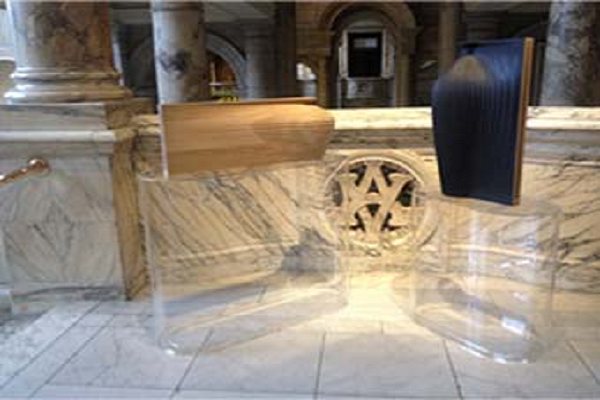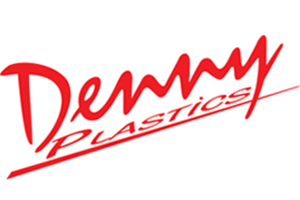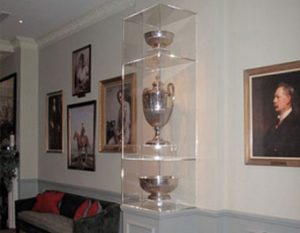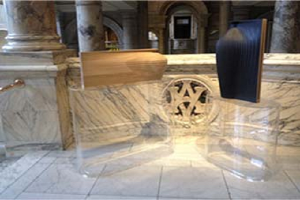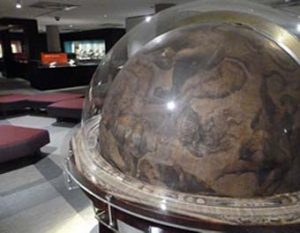Acrylic products have become ubiquitous in our daily lives, from household items to industrial applications. But have you ever wondered how these versatile and durable materials are manufactured? In this blog post, we’ll take a deep dive into the manufacturing process of acrylic products.
Understanding Acrylic
Before delving into the manufacturing process, let’s first understand what acrylic is. Acrylic, also known as polymethyl methacrylate (PMMA), is a synthetic polymer that offers transparency, weather resistance, and excellent optical clarity. It is commonly used as a substitute for glass due to its lightweight nature and impact resistance.
The Manufacturing Process
1. Raw Material Preparation
The manufacturing process of acrylic products typically begins with the preparation of raw materials. Acrylic is derived from petroleum-based products, primarily acrylic acid or its esters. These raw materials are then polymerized to form PMMA resin pellets, the basic building blocks of acrylic products.
2. Extrusion or Casting
Once the PMMA resin pellets are ready, they undergo either extrusion or casting, depending on the desired end product.
- Extrusion: In extrusion, the PMMA pellets are melted and forced through a die to form continuous shapes such as sheets, rods, or tubes. This process is ideal for producing long, uniform profiles with consistent thickness.
- Casting: Casting involves pouring liquid PMMA resin into molds, where it solidifies to take the shape of the mold cavity. This method is commonly used for producing intricate shapes, such as display cases or signage.
3. Heating and Shaping
After extrusion or casting, the acrylic material undergoes heating to relieve internal stresses and improve its mechanical properties. This step, known as annealing, helps reduce the risk of cracking or distortion during further processing.
4. Machining and Finishing
Once the acrylic material is annealed, it is ready for machining and finishing. This may involve cutting, drilling, milling, or polishing the material to achieve the desired shape, size, and surface finish. CNC (Computer Numerical Control) machining is often employed for precision cutting and shaping of acrylic parts.
5. Assembly (Optional)
In some cases, acrylic products may require assembly of multiple components to form the final product. This can involve techniques such as solvent welding, adhesive bonding, or mechanical fastening, depending on the design requirements.
6. Quality Control
Throughout the manufacturing process, rigorous quality control measures are implemented to ensure that the acrylic products meet the highest standards of performance and durability. This includes inspection of raw materials, monitoring of process parameters, and testing of finished products for dimensional accuracy, clarity, and strength.
Conclusion
The manufacturing process of acrylic products is a complex yet fascinating journey that involves transforming raw materials into finished goods with precision and care. From raw material preparation to machining, finishing, and assembly, each step plays a crucial role in shaping the final product’s quality and performance.
Denny Plastics, with its expertise and state-of-the-art facilities, continues to lead the way in acrylic fabrication, providing innovative solutions to meet the diverse needs of industries and consumers alike. Whether it’s custom displays, protective barriers, or architectural elements, acrylic products manufactured by Denny Plastics are synonymous with quality, reliability, and durability.
So, the next time you encounter an acrylic product, take a moment to appreciate the intricate craftsmanship and engineering behind its creation, knowing that it all started with a vision and a raw material.




